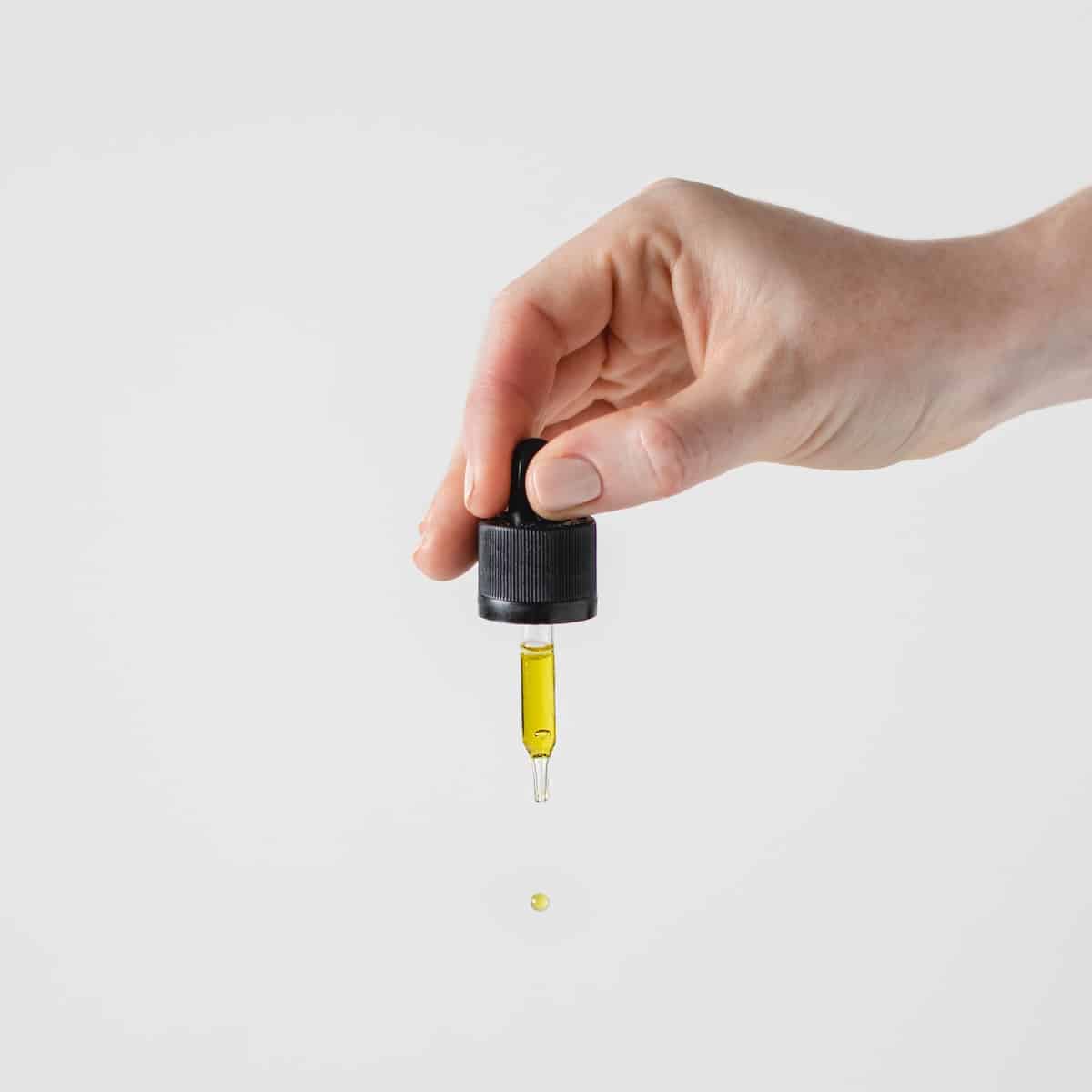
If the air quality in your home isn’t very good, you may or may not notice it. The effects seen in the most common forms of indoor air contamination tend to be insidious, rather than straightforward. You may see an allergic reaction, or your body may react in other ways that take years to assert themselves. It can be a challenge to make the connection.
How bad can indoor air quality be?
While the air outside may leave much to be desired, indoor climate control, cooking fumes, microscopic dust released by furniture, dead skin cells from people and pets, as well as the fumes of toxic household cleaners, do make things much worse than they have to be.
The effects of poor indoor air quality can range from short-term skin, eye or throat irritation to long-term breathing disorders. Allergies, poor levels of focus and insomnia are common, as well. Indoor air quality has been listed by the environmental agency as the leading cause of health complications in the country.
Lots of people have their doubts when it comes to air purifiers
While modern air purifier technologies are effective, many people tend to be skeptical. It certainly is true that the purifier industry made somewhat exaggerated assertions in the beginning about the levels of improvement made possible for people suffering from allergies and asthma. Today, though, the industry has both improved the quality of its offerings, and the quality of its marketing claims. Studies done recently on the improvements to asthmatic children afforded by in-home air purifiers have found highly positive results.
It’s important to do one’s research, though. Not every air purifier is the same. It is possible to try to improve indoor air quality with other ideas in addition to air purifiers. These ideas can be far more affordable than any appliance, which means that one can afford to invest in a great many of them.
Houseplants
As every kid learns in school, plants absorb carbon dioxide and release oxygen. Some plants can do more, though, clearing the air of chemical vapors such as formaldehyde and benzene, as well. Peace Lilies, Boston Ferns, English Ivy, Bamboo Palm and many other plants excel at such purification. One needs about one plant for every 100 square feet.
There is a curious and yet effective technology available today that combines plant-based air cleaning and the machine-based kind, as well. Biological air purifiers use an appliance that grows real air purifying plants within an enclosure, and circulates air past it.
Salt lamps
Many air purifiers work by releasing negatively charged ions in the air. These ions bond with impurities in the air, make them heavier, and cause them to drop to the ground. While such purifiers can be expensive, there is a more cost-effective way to achieve the same results more or less — with crystallized Himalayan salt. Salt purifier lamps heat crystals of such salt to a beautiful glow to cause them to release negatively charged ions. Whether or not one believes in science behind these purifier lamps, they can be beautiful to look at.
Charcoal
Plenty of beauty products today tout their use of bamboo charcoal, a substance that’s well known for its ability to absorb toxins. The product can have a great effect on air quality, too. Buying a bamboo charcoal purifier to place around the home can help clean up any indoor atmosphere.
It can be hard to determine how good or bad the air in your home is. Traditionally, devices that measure air quality have been large appliances costing tens of thousands. More recently, though, devices have become both portable and more affordable. To anyone who isn’t sure about the dire warnings that they hear about poor indoor quality, buying one of these measurement devices can be immensely helpful. Not only can these devices alert you to the need for air purifiers, they can help you determine how effective any given purifier model is.
Brian is an entrepreneur that has started multiple companies. HEAmotivation was born after having spent years creating a healthy environment for his family. The company strives to find the most extraordinary health, home and fitness products. We do not carry every product in every category as we like to pick and choose those that we use ourselves and are of the best quality.







6 comments
Yes, Now time come that we should have clear air which causes a lot of diseases. Therefore, A lot of people become sick due to polluted air in the home. We should follow the above tips and make the environment clean as you mentioned above.
I found this post useful.
I’m happy to be part of that site.
I grow plant indoor for a while and it really helpful, I can feel that we have clean air even in my basement, but my recommendation is combine using air purifier and grow plant at the same time. Plant bring us clean oxygen, but for remove mold and unhealthy air inside our house, air purifier defenately the best!